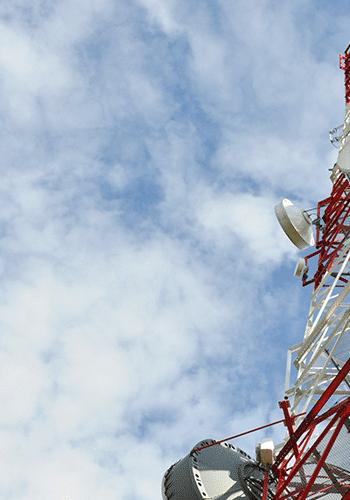Space Division Multiplexing (SDM)

PROTEUS facilitates research and innovation in telecommunications with the help of space division multiplexing
Optical communication networks, which are responsible for carrying all Internet data, have been subject to continuous growth over the past few decades. Far from reaching a threshold, the emergence of new trends such as the introduction of 5G, the democratization of connected objects and widespread development of the cloud are generating new constraints on these communication channels.
Many strategies have already been deployed to increase the bandwidth of the optical fibers, such as time division, wavelength division, polarization division and phase division multiplexing. Nevertheless, existing networks are approaching saturation.
Space Division Multiplexing (SDM) is distinguishing itself as the enabling technology that will allow these limits to be exceeded and deliver the optical networks of tomorrow. By using several shapes of light simultaneously in a multimode optical fiber as if they were independent channels, SDM enables a bandwidth increase in the optical fibers. Nevertheless, generating and multiplexing numerous shapes of light remains complex. Current multiplexers have a strictly limited number of modes, cause significant losses and are not also not very mode-selective – all of which makes digital processing of the received signal much more complex.
The spatial mode multiplexers/demultiplexers of Cailabs offer:
- A record number of modes: up to 45 selectively multiplexed and excited modes.
- Unequaled optical performance: low insertion losses and record selectivity between modes.
- A high level of flexibility for all types of applications: they are compatible with a wide range of wavelengths for all types of modes and all types of input and output: free space or fiber.




